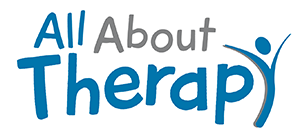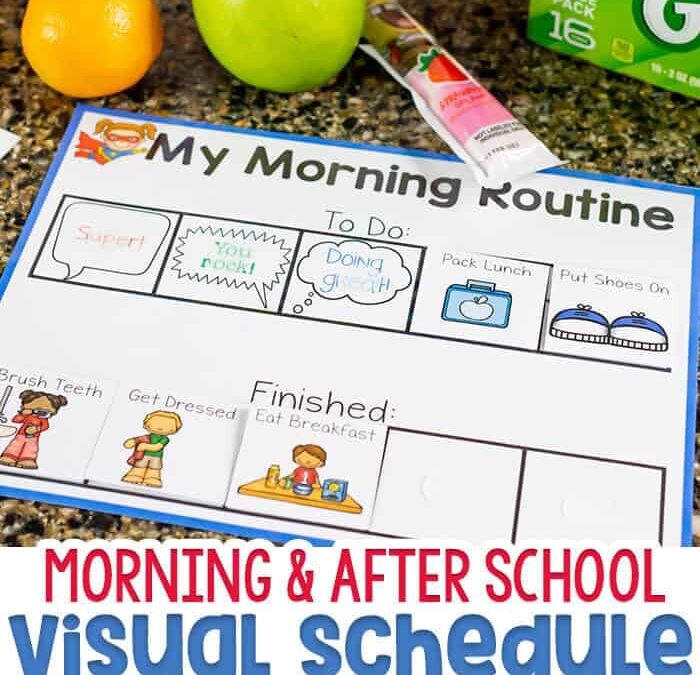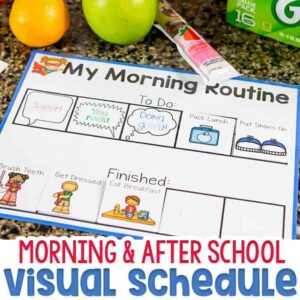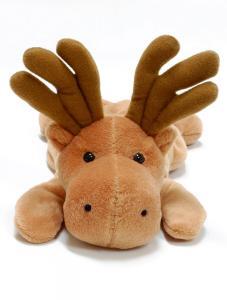Transitions can be tough for kids, especially kids with special needs. Here are a few tips and tricks to help make a transition go smoothly.
- Help your child know what’s coming: For younger kids, I like to use “first, then” language. This helps them understand two-step directions. For example, you might say to a child when they enter their classroom, “first take off your jacket, then go to circle time.” Or, “First wash your hands then we’ll eat lunch. “First, then” language also works well when the first task is the non-desired task and the second task is the desired task. For example, “First let’s go potty then we can play with the Ipad,” or “First clean up your toys then we’ll go outside.”
For older children, a visual schedule can be used to depict multiple steps of their daily routine. Some children benefit from a visual schedule for when they get up in the morning. For example, get dressed, go potty, brush teeth, eat breakfast. This schedule may have pictures of them Velcroed to a linear strip of paper or a board, and they can take off the pictures as they complete the tasks. There are also apps for visual schedules such as the Visual Schedule Planner app.
- Use a visual timer: Visual timers help let the child know that a transition is approaching. There are visual timers you can purchase that show a clock with a red sliver, and when there is no more red part showing the timer will make a noise signifying the timer has gone off. During therapy sessions I will often set the timer on my phone and the child can see the timer counting down to zero minutes left of an activity. Try setting a transition timer for 2-5 minutes. Some children may benefit from a five minute warning and then an additional two or three minute warning. During my therapy sessions I will often give the child a choice: “Would you like two or three more minutes of (activity)? And then I will ask them to press “start” on the timer so they are participating in and attending to the transition.
- Use a transition object: Have your child hold an object when it’s time to transition. There may be an object that naturally fits the setting (i.e. holding their backpack when leaving home to go to school) or a favorite toy can be used. Weighted stuffed animals are a great transition toy because they provide deep pressure input, which can be calming for children. Try to use the same object every time so the child gets used to seeing that object and associating it with a transition.
- Avoid open-ended questions: Open-ended questions give your child the opportunity to say “no” when no isn’t actually an option you’d like to give them. Instead of saying, “Would you like to clean up your toys?” Say, “Would you like to clean up your toys in two or three minutes?” Instead of saying, “What should we put on your visual schedule today?” Say, “For number one on your visual schedule would you like to do blocks or Leggos?” Instead of saying, “Do you need to go potty?” Say, “First lets try to go potty then we’ll go play outside.” Giving your child structured choices lets them have a say in what they are going to do.
Be consistent! Using these strategies will help your child to motor plan and mentally prepare for the tasks ahead.
Could transition strategies for children help you to avoid meltdowns and increase cooperation with your child? Click here for 5 Transition Strategies to Help Avoid Meltdowns and Increase Cooperation.
Get more tips, interact with our OT’s and connect with other parents by joining our Facebook Group Here.




